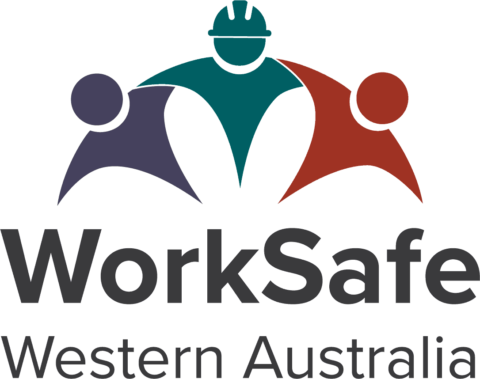Chemicals contaminated a potable water system after an emergency fire hydrant was used to flush a modified caustic line via a hose.
A modified attachment point included a welded socket and nipple that allowed the connection of a chemical hose to a fire hydrant, which wasn’t standard procedure on the site. High-pressure caustic entered the water line, generating back pressure in the potable system. The issue was identified when discolouration appeared in the crib room’s tap water. Work was stopped immediately and the system was flushed.
No workers were injured. However, the incident highlights how deviating from standard procedures, using incorrect equipment and bypassing engineering controls can cause serious health risks.
Key takeaways
- Use correct procedures and equipment—Workers should only operate fire hydrants to assist with responding to emergency situations.
- Assess risks and verify controls—Statutory supervisors must review and approve assessments of high-risk tasks, while valves, pipes and potable water systems should be identified and protected.
- Prevent unauthorised access—Fire hydrants and firefighting equipment should only be accessible to emergency response personnel.
- Run training sessions—Operators must ensure workers performing high-risk tasks are knowledgeable of hazards and procedural requirements.
- Conduct regular inspections and audits—Potable and non-potable water lines should be identified, labelled and tested.

